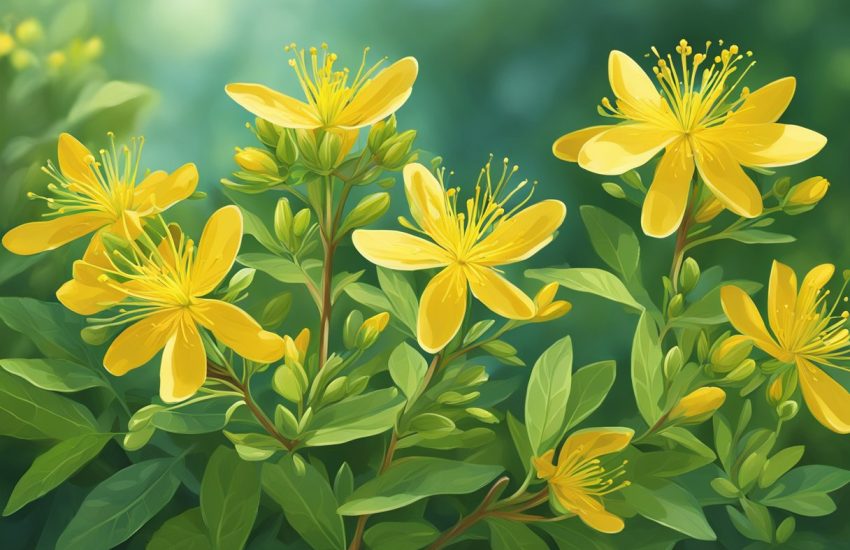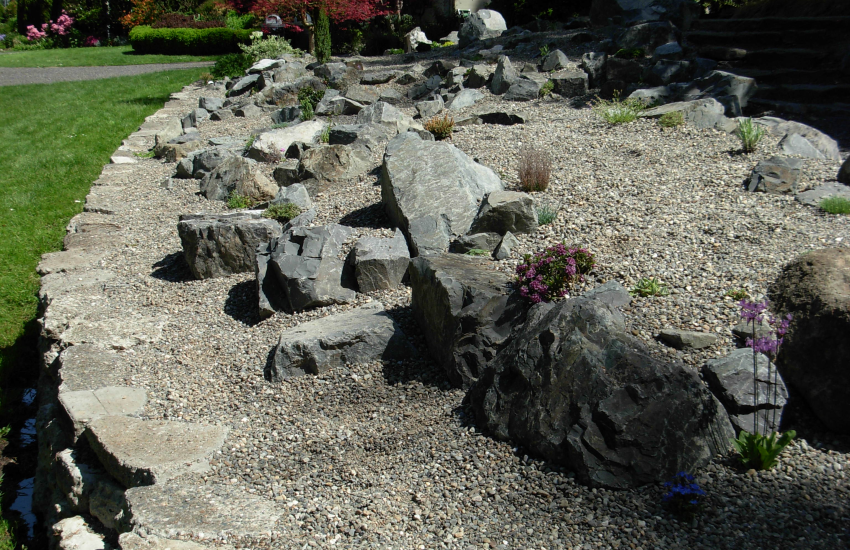Best Compost Materials for Oregon: Optimal Choices for Healthy Soil and Gardens
Oregon’s climate and landscape make some compost materials way more effective than others. Gardeners and farmers here do best when they pick inputs that balance moisture, nutrients, and what’s easy to find locally.
The best compost materials for Oregon include kitchen scraps, yard waste like leaves and grass clippings, coffee grounds, and woody debris.
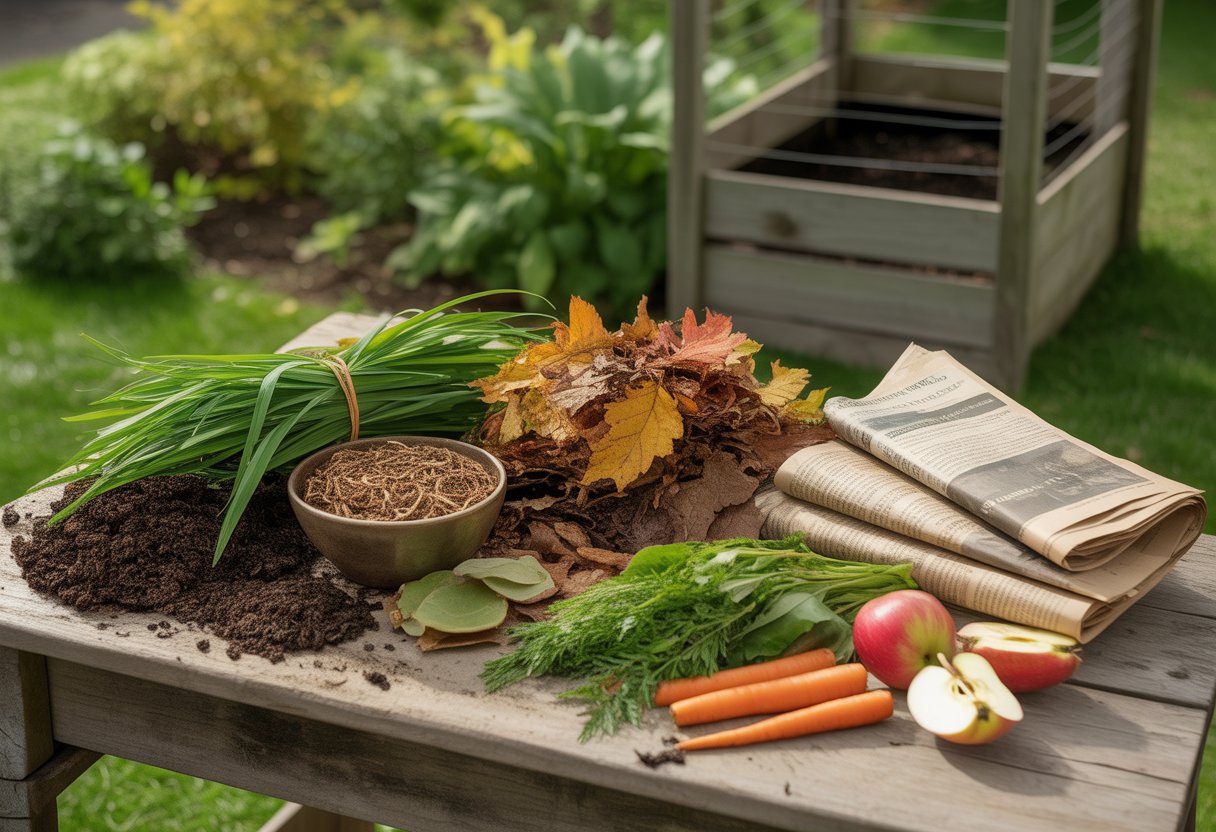
These ingredients break down nicely under Oregon’s moist conditions. They supply the carbon and nitrogen that compost needs to get rich and healthy.
Using native plant materials along with kitchen waste makes for soil amendments that really suit local gardens. It’s a great way to recycle what you’ve already got.
Knowing which materials work best can save time and keep composting from feeling like a guessing game. Let’s look at the specific compost ingredients that actually work in Oregon’s environment.
Essential Compost Materials for Oregon Gardens
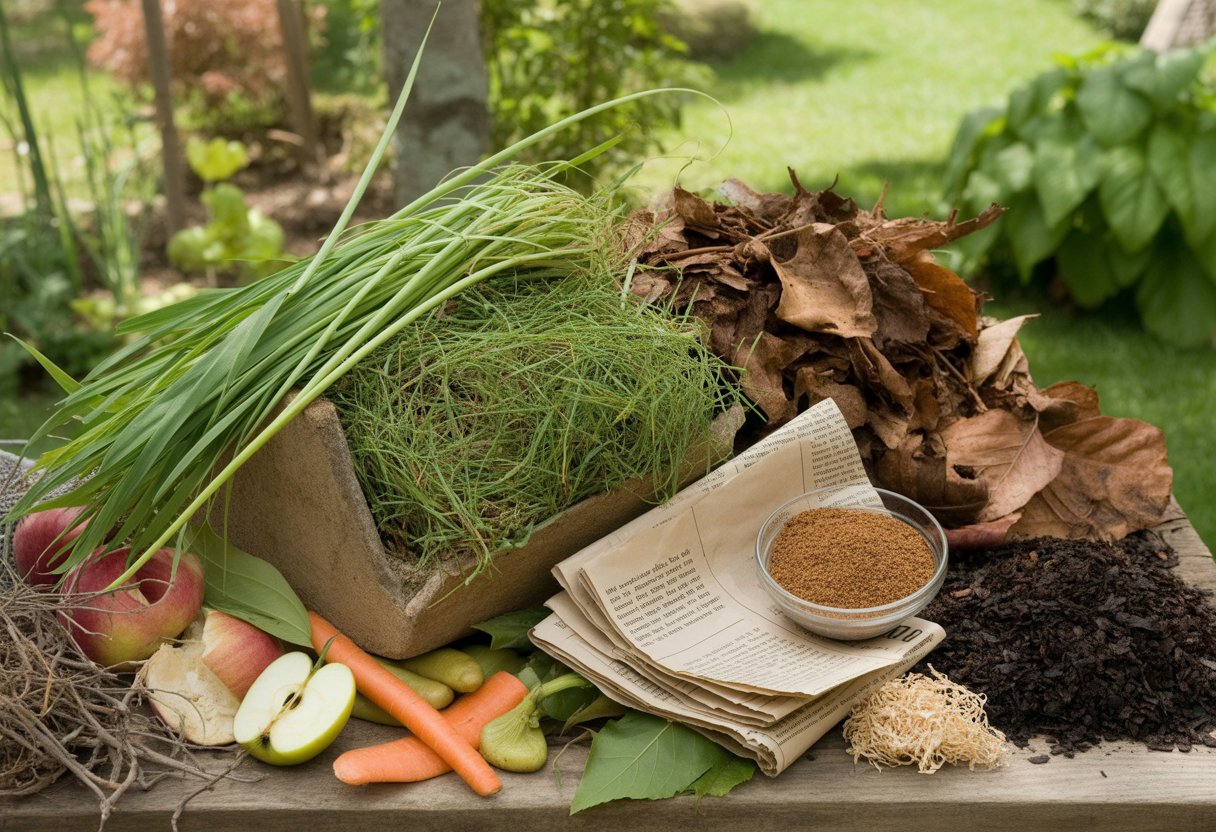
Composting in Oregon means balancing materials that provide nitrogen and carbon for good decomposition and nutrient cycling. Most gardeners here rely on what’s on hand—yard and kitchen leftovers that fit the climate and organic gardening style.
Green Materials: Nitrogen-Rich Options
Green materials give compost its nitrogen kick, which microbes crave. In Oregon, kitchen waste—think veggie scraps, coffee grounds, and green manure like clover—are all solid choices.
Fresh grass clippings and weed trimmings (without seeds or chemicals) bring in more nitrogen. These break down fast and keep your compost pile warm.
Coffee grounds are a favorite, adding nitrogen and trace minerals. Don’t go overboard with any one green ingredient though, or you’ll end up with smells or a soggy mess.
Mixing in green material regularly speeds up the process and helps your plants thrive.
Brown Materials: Carbon Sources
Brown materials bring carbon—the fuel that microbes need to break everything down. In Oregon, dried leaves, sawdust, bark chips, straw, and shredded paper are all easy to find.
Sawdust and bark are everywhere and break down slowly, so they help keep the pile fluffy. Eggshells add calcium if you crush them up first.
Layering browns and greens keeps air in the pile and stops it from getting too packed or cold.
Organic Amendments for Optimal Composting
Some organic amendments can boost your compost even more. Bone meal and kelp meal add phosphorus, calcium, and trace minerals that Oregon soils sometimes lack.
Mulch made from shredded wood slows moisture loss and adds more carbon. These amendments help the microbes do their thing and make your compost a better fertilizer.
Mix them in during composting or sprinkle them on top of your soil—either way, they’ll make a difference.
Customizing Compost for Oregon’s Diverse Soils
Compost preferences really depend on where you are in Oregon. Soil texture and drainage can be wildly different from one spot to another.
Tailoring your compost helps with soil structure, water retention, and nutrients—basically, it makes your soil work for you.
Adjusting Compost for Clay Soil
Clay soil in Oregon is usually dense and doesn’t drain well. To fix this, use lots of coarse organic materials like shredded mulch or wood chips. They create air pockets and keep the soil from getting too packed.
Well-rotted manure or leaf mold can boost microbes and help break up the clay over time. If you’re not sure what your soil needs, grab a soil test from OSU Extension.
Dig compost deep into clay soil—not just on top. That’s the trick to better structure and less waterlogging.
Best Choices for Sandy Soils
Sandy soils let water run right through and don’t hold onto nutrients. Compost with peat moss, aged compost, or finely shredded leaves helps lock in moisture and nutrients.
This kind of compost makes sandy soil less hungry and more fertile. If you add compost rich in nitrogen and organic acids, you’ll get more of those good microbes, too.
Spread compost and mulch regularly to keep the soil from drying out or losing nutrients. Soil tests can help you figure out what you’re missing.
Key Nutrients and Micronutrients in Compost
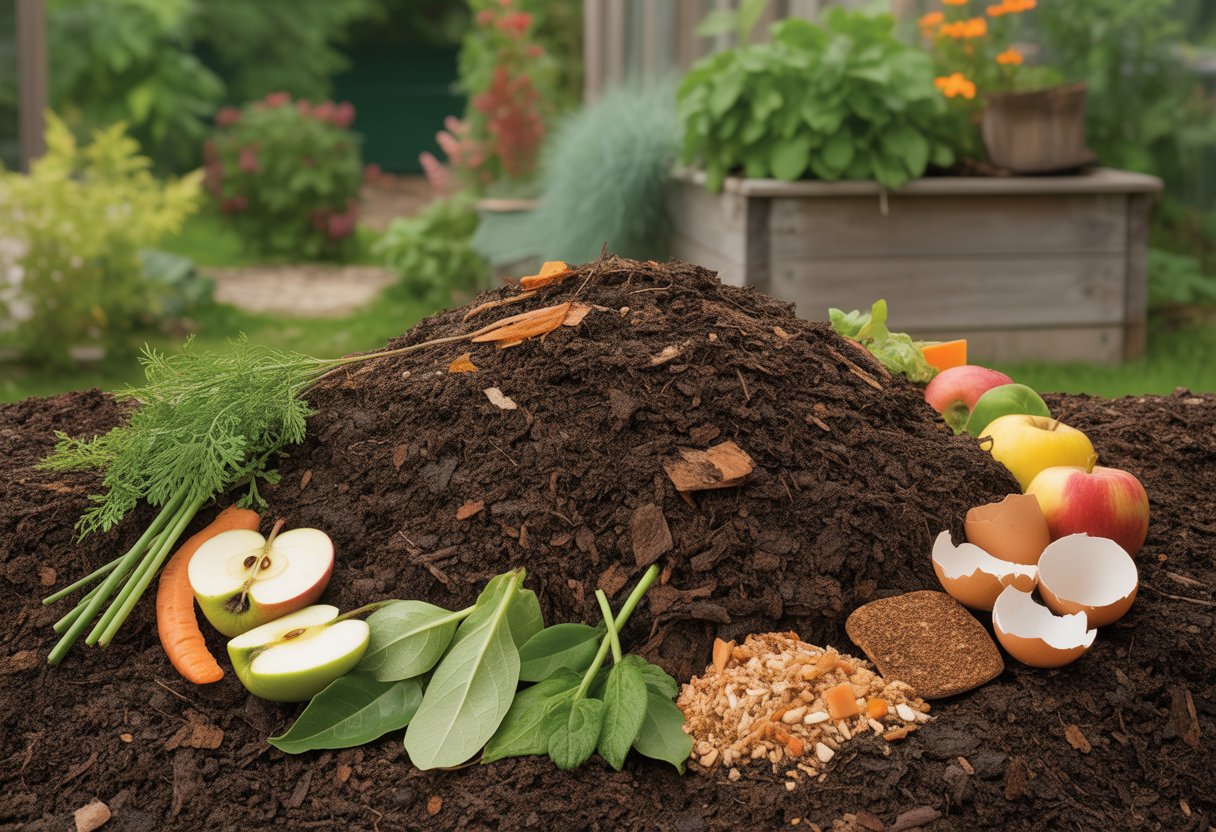
Compost gives your soil a nice balance of essential nutrients for plant growth and soil health. You get the main macronutrients for strong plants, plus the little micronutrients that keep things running smoothly.
Macronutrient Essentials: Nitrogen, Phosphorus, Potassium
Compost brings in nitrogen (N), phosphorus (P), and potassium (K). Nitrogen makes leaves and stems grow, and you get it from green stuff or manure.
Phosphorus helps roots and flowers develop. You’ll find it in bone meal, rock phosphate, or just broken-down plant matter.
Potassium keeps plants healthy, fights off disease, and helps with water. Wood ash or certain minerals in compost can raise potassium levels.
These nutrients act as a natural fertilizer, so you don’t have to rely as much on store-bought stuff.
Calcium, Magnesium, and Other Micronutrients
Calcium and magnesium are also important. Calcium—found in lime or crushed eggshells—strengthens cell walls and improves soil texture.
Magnesium is part of chlorophyll, so you want some in your compost. Green plant material or certain minerals can boost magnesium.
Micronutrients like iron, zinc, manganese, and copper matter too, even if plants only need a little. They help with enzyme functions and plant health, which is crucial in Oregon’s varied soils.
Expert Tips and Resources for Composting Success in Oregon
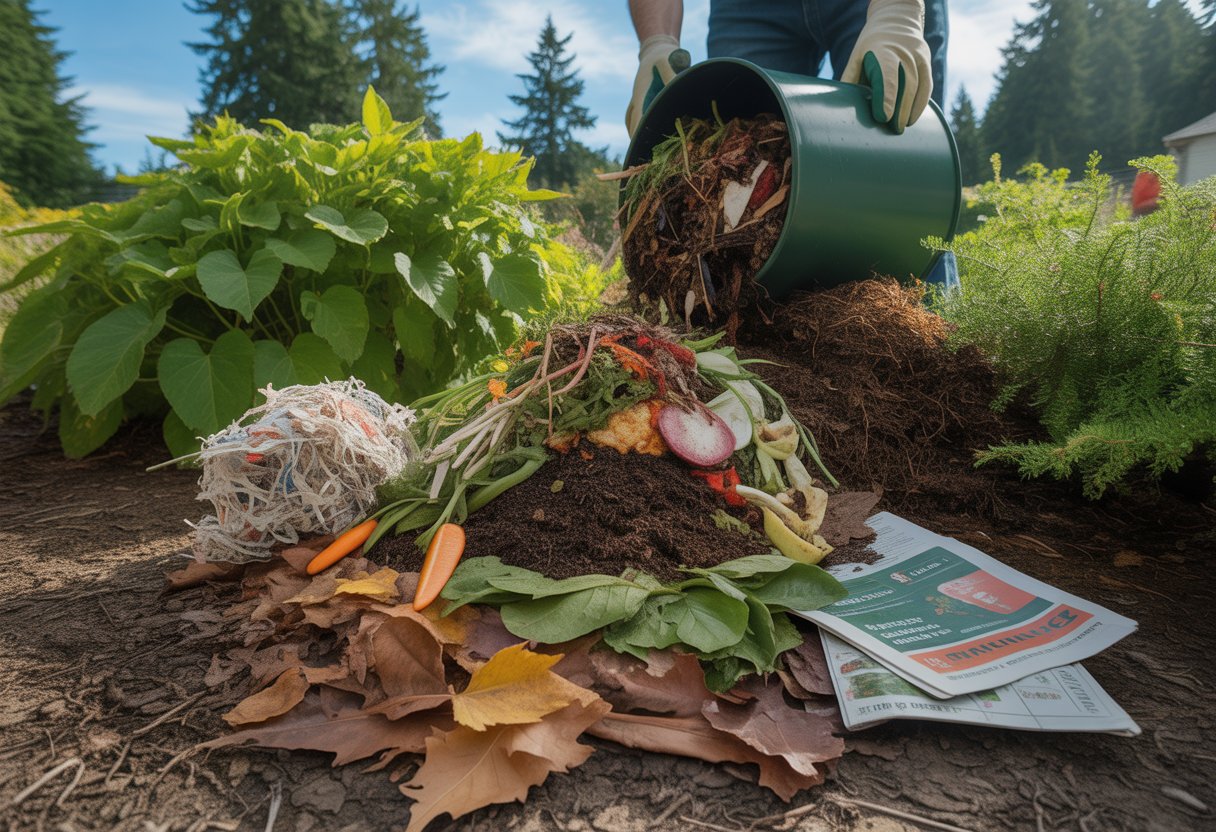
Composting in Oregon works best when you get the right mix of materials and pay attention to the weather. Local climate quirks and a few simple tricks go a long way toward good compost.
Insights from Local Experts and the OSU Extension
The Oregon State University (OSU) Extension gives composters advice that fits our region. They recommend shooting for a carbon-to-nitrogen ratio near 30:1, using things like dry leaves and grass clippings you probably already have.
Steve Solomon, a local pro, suggests using about one cubic yard of compost material per batch. He likes to layer greens and browns to keep things airy and moist—otherwise, you risk bad smells or a stalled pile.
OSU Extension also says a hoop house or some simple shelter over your compost pile helps. Oregon rain can be relentless, and too much water slows down the microbes. A little protection keeps things just right.
Measuring and Managing Compost Effectively
Measuring the volume of compost materials, usually in cubic yards, gives you more control over pile size and heat. Piles between 1 to 3 cubic yards tend to stay warm enough, which really matters for killing pathogens and breaking things down fast.
Turn the pile every week or two to boost oxygen. Grab a pitchfork or a compost aerator—makes it a little less of a chore.
Check the temperature every day with a compost thermometer. Try to keep things in the 130°F to 150°F range for the best results.
Moisture should feel like a wrung-out sponge—damp, but not soggy. If things get too dry, add water; too wet, toss in some shredded newspaper or straw.
Stick with these habits and you’ll see better compost, probably faster too.

